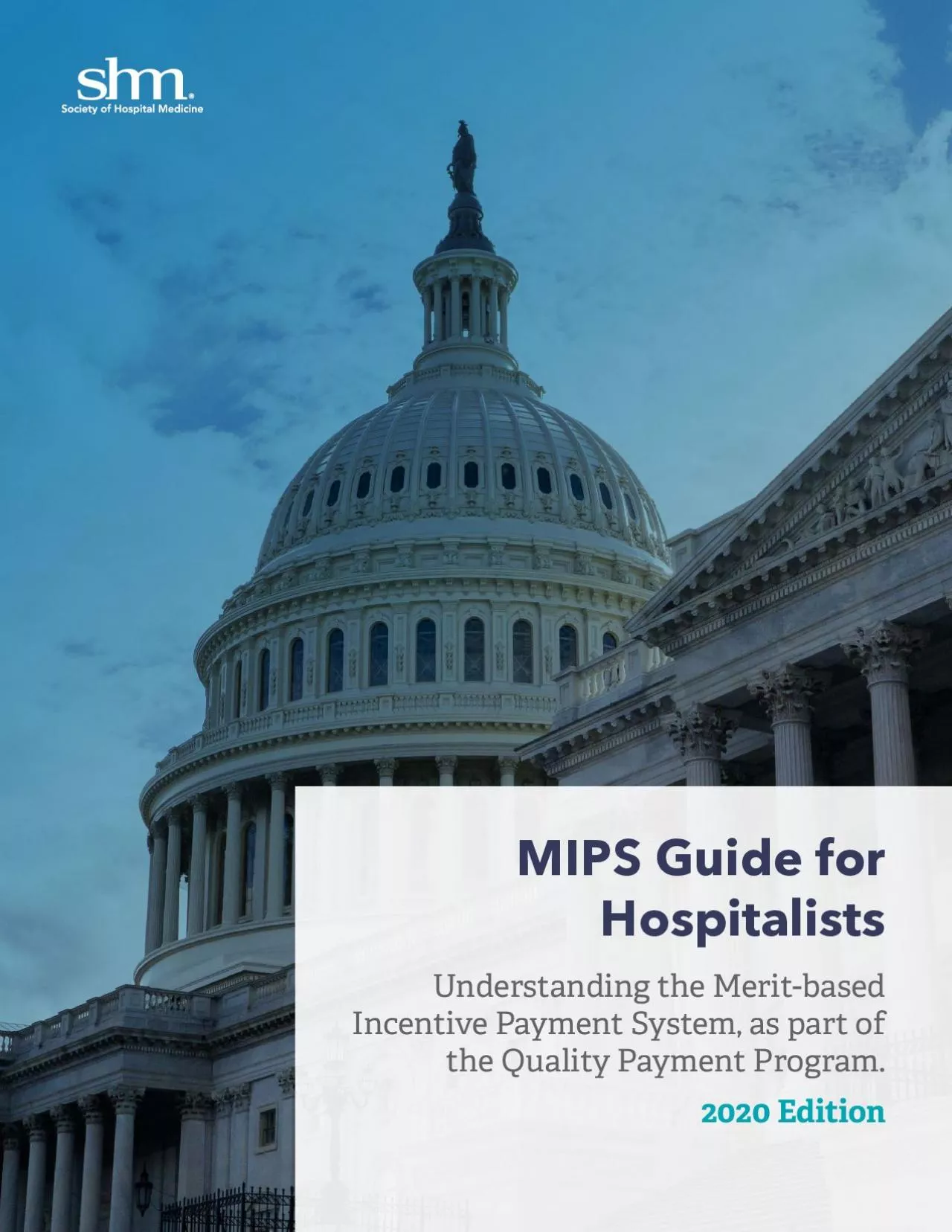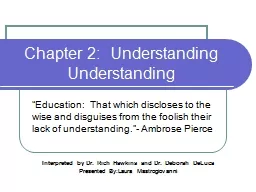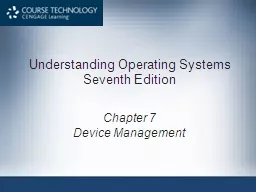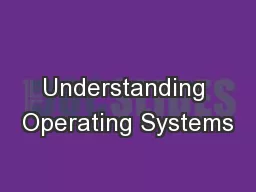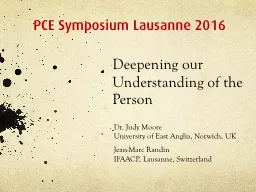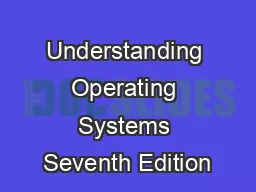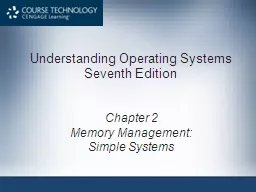PDF-Understanding the Meritbased
Author : leah | Published Date : 2021-10-02
IIncentive Payment System as part of the Quality Payment Program2020 EditionMIPS Guide for HospitalistsWhat is new to consider in 20201Meritbased Incentive Payment
Presentation Embed Code
Download Presentation
Download Presentation The PPT/PDF document "Understanding the Meritbased" is the property of its rightful owner. Permission is granted to download and print the materials on this website for personal, non-commercial use only, and to display it on your personal computer provided you do not modify the materials and that you retain all copyright notices contained in the materials. By downloading content from our website, you accept the terms of this agreement.
Understanding the Meritbased: Transcript
Download Rules Of Document
"Understanding the Meritbased"The content belongs to its owner. You may download and print it for personal use, without modification, and keep all copyright notices. By downloading, you agree to these terms.
Related Documents

